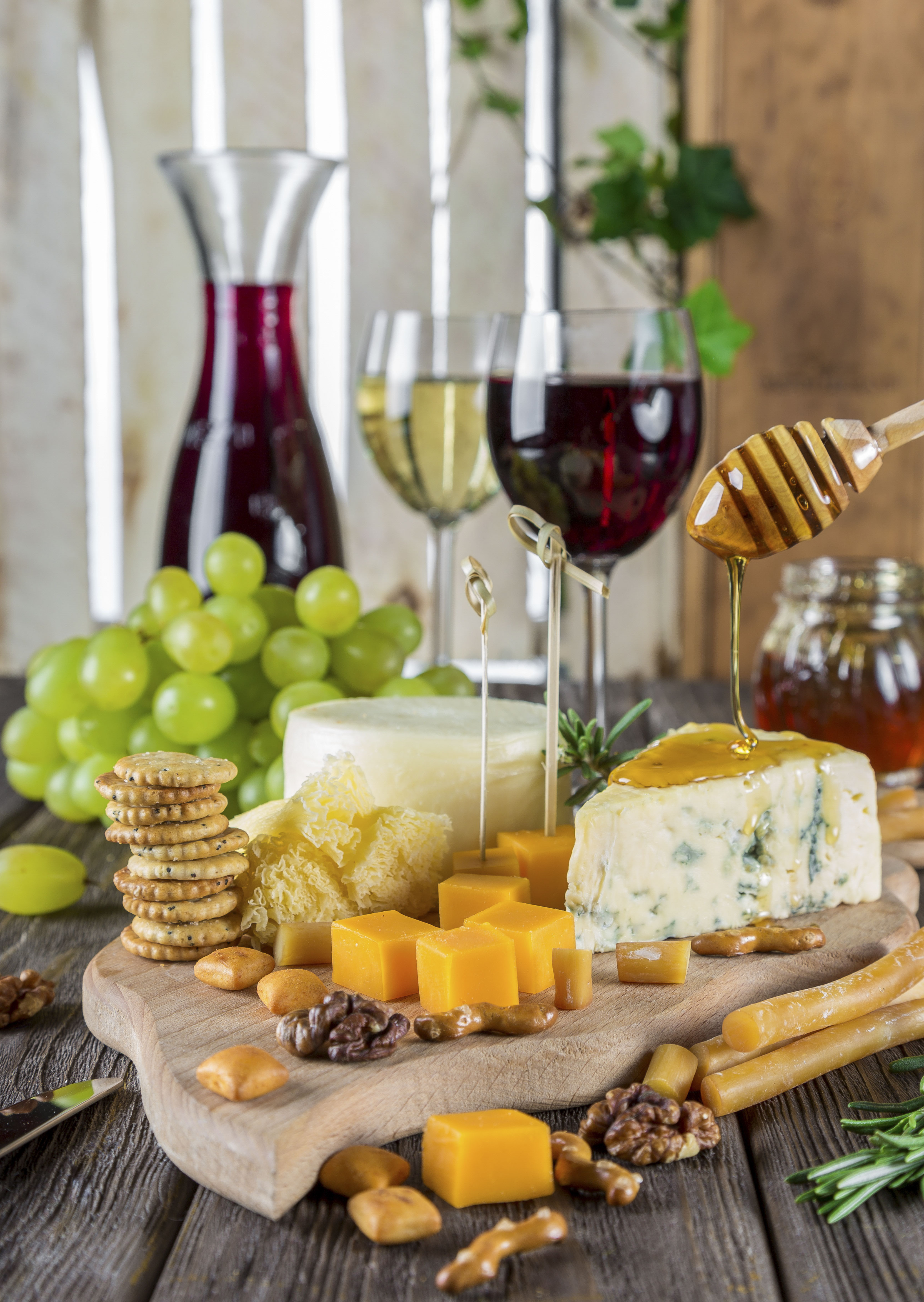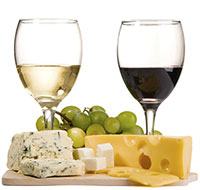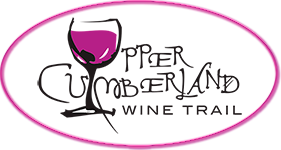Wine Pairing
Six Essential Wine Styles
 Wine and food matching is the process of pairing food dishes with wine to enhance the dining experience. In many cultures, wine has had a long history of being a staple at the dinner table and in some ways both the winemaking and culinary traditions of a region will have evolved together over the years. Rather than following a set of rules, local cuisines were paired simply with local wines. The modern "art" of food pairings is a relatively recent phenomenon, fostering an industry of books and media with guidelines for pairings of particular foods and wine. In the restaurant industry, sommeliers are often present to make food pairing recommendations for the guest. The main concept behind pairings is that certain elements (such as texture and flavor) in both food and wine interact with each other, and thus finding the right combination of these elements will make the entire dining experience more enjoyable. However, taste and enjoyment are very subjective and what may be a "textbook perfect" pairing for one taster could be less enjoyable to another.
Wine and food matching is the process of pairing food dishes with wine to enhance the dining experience. In many cultures, wine has had a long history of being a staple at the dinner table and in some ways both the winemaking and culinary traditions of a region will have evolved together over the years. Rather than following a set of rules, local cuisines were paired simply with local wines. The modern "art" of food pairings is a relatively recent phenomenon, fostering an industry of books and media with guidelines for pairings of particular foods and wine. In the restaurant industry, sommeliers are often present to make food pairing recommendations for the guest. The main concept behind pairings is that certain elements (such as texture and flavor) in both food and wine interact with each other, and thus finding the right combination of these elements will make the entire dining experience more enjoyable. However, taste and enjoyment are very subjective and what may be a "textbook perfect" pairing for one taster could be less enjoyable to another.
 While there are many books, magazines and websites with detailed guidelines on how to pair food and wine, most food and wine experts believe that the most basic element of food and wine pairing is understanding the balance between the "weight" of the food and the weight (or body) of the wine. Heavy, robust wines like Cabernet Sauvignon can overwhelm a light, delicate dish like a quiche, while light-bodied wines like Pinot Grigio would be similarly overwhelmed by a hearty stew. Beyond weight, flavors and textures can either be contrasted or complemented. From there a food and wine pairing can also take into consideration the sugar, acid, alcohol and tannins of the wine and how they can be accentuated or minimized when paired with certain types of food.
While there are many books, magazines and websites with detailed guidelines on how to pair food and wine, most food and wine experts believe that the most basic element of food and wine pairing is understanding the balance between the "weight" of the food and the weight (or body) of the wine. Heavy, robust wines like Cabernet Sauvignon can overwhelm a light, delicate dish like a quiche, while light-bodied wines like Pinot Grigio would be similarly overwhelmed by a hearty stew. Beyond weight, flavors and textures can either be contrasted or complemented. From there a food and wine pairing can also take into consideration the sugar, acid, alcohol and tannins of the wine and how they can be accentuated or minimized when paired with certain types of food.
Source: "Wikipedia: Wine and food matching"
Sparkling Wines
These turn any event into a celebration. They're also versatile with food, rarely going horribly awry no matter the dish.
Light Dry Whites
While I wouldn't advocate pairing these with red meat, these are supreme as apéritifs or alongside anything from the water.
Rich Dry Whites
Think fatty fish like tuna or salmon, or anything with a cream sauce. Chicken, pork and veal work, too. An oaky Chardonnay is fine with grilled steak.
Off-Dry Whites
A bit of sweetness goes a long way in matching wine to dishes with any sort of spicy heat, regardless of the main ingredient.
Light Dry Reds
Red wine with fish? These are your best bets. They also go well with white meats and can stand in for heavier reds in a pinch.
Rich Dry Reds
Classic red-meat material, whether grilled, roasted or stewed. If you're a vegetarian, mushrooms would be a good choice.

